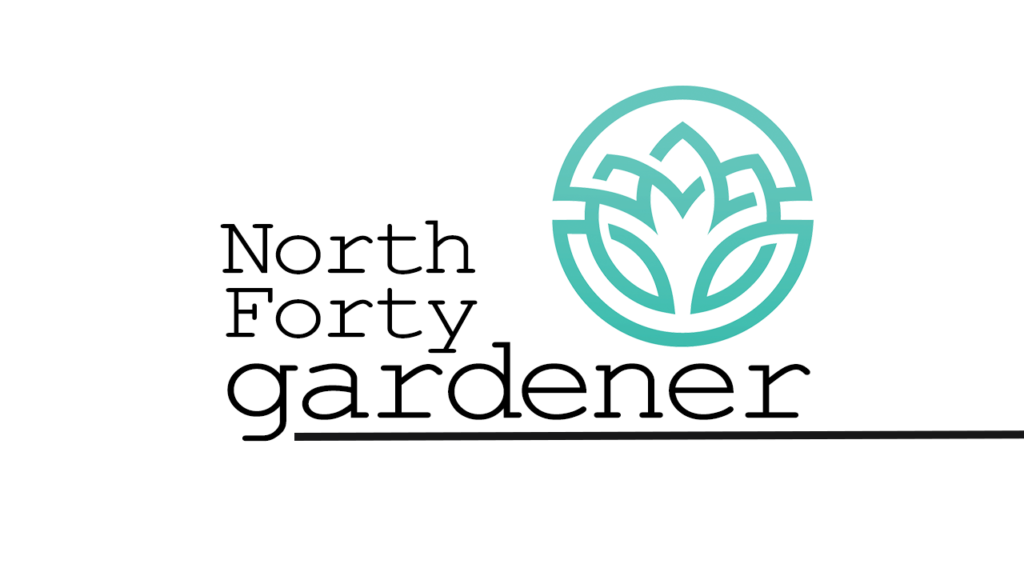

Andrew Scott | Gardens on Spring Creek
There are plenty of reasons to call autumn your favorite season: the summer’s oppressive heat coming to an end, spooky scary skeletons, Thanksgiving leftovers, football season, and, of course, the stunning scarlets, vermilions, and golds that deciduous trees display when the cozy sweater weather kicks in. But why do leaves turn these brilliant hues, and why do they fall off the trees, anyway?
Shedding leaves (otherwise known as “senescence”) at the end of the growing season is a common adaptation across hundreds of plant families and comes down to the simple fact that those leaves just aren’t needed anymore. As we all learned in middle school biology class, the leaves collect solar energy using a green pigment called chlorophyll, which is the most prominent pigment during the growing season. As the nights get colder and the days get shorter, the plant would have to expend more energy than the leaf could provide to keep it alive. This double whammy signals the plant to release hormones like cytokinins and ethylene to stop the production of chlorophyll, sequester the nutrients it can back into stems, and form a callus at the base of the leaf stalk. Like a preemptive scab on a scraped knee, the callus closes off the eventual wound and allows the leaf to fall off without injury. As the chlorophyll degrades, other pigments present themselves, namely anthocyanins and carotenoids.
From Greek literally meaning “flower blue,” anthocyanins actually range in color from red to black, with pH influencing their hue. A familiar plant chock full of anthocyanins is red cabbage which is regularly used in classrooms as a pH indicator: red cabbage juice turns red or pink in the presence of an acid and turns blue or purple in the presence of an alkali. But anthocyanins obviously have a functional role beyond being pretty for us and third-grade science demonstrations. Just like us, plants can be damaged by the sun (more light is not always better), and they use anthocyanins to protect their cells from oxidative sun damage, much like how we use sunscreen.
There has also been research that suggests anthocyanins play a role in attracting certain animals while repelling others. Herbivores like deer and elk browse foliage, which plants prefer to keep, and create wounds where pathogens can enter the plant; however, these browsers cannot perceive red wavelengths of light, so even bright crimson leaves blend into the background. Conversely, birds can see this brilliant foliage, which serves to increase visual contrast for berries that benefit from being eaten and spread.
Carotenoids are another primary class of pigments in autumn leaves and are also responsible for reds as well as orange and yellow hues. The name itself is derived from “carrot,” which, famously, is orange, sometimes yellow… but also – rarely – purple from anthocyanins! Isn’t phytochemistry fun?
Just like anthocyanins, carotenoids play an important role in protecting plant cells from damaging ultraviolet radiation by sequestering excess energy absorbed by chlorophyll. These pigments also serve to aid in photosynthesis by absorbing some light wavelengths beyond what chlorophyll can. Carotenoid production is also the precursor to abscisic acid, a vital plant hormone that influences seed development and dormancy, cell division and elongation, flower growth, and, this time of year, leaf drop!
The trees changing color and beckoning in cozy weather is certainly my favorite part of autumn, but it would be anthropocentric to think plants do this all for me. Inside the plant cell is a complex dance of pigments and hormones that are preparing them for the cold, dark winter to come.
Support Northern Colorado Journalism
Show your support for North Forty News by helping us produce more content. It's a kind and simple gesture that will help us continue to bring more content to you.
BONUS - Donors get a link in their receipt to sign up for our once-per-week instant text messaging alert. Get your e-copy of North Forty News the moment it is released!
Click to Donate
